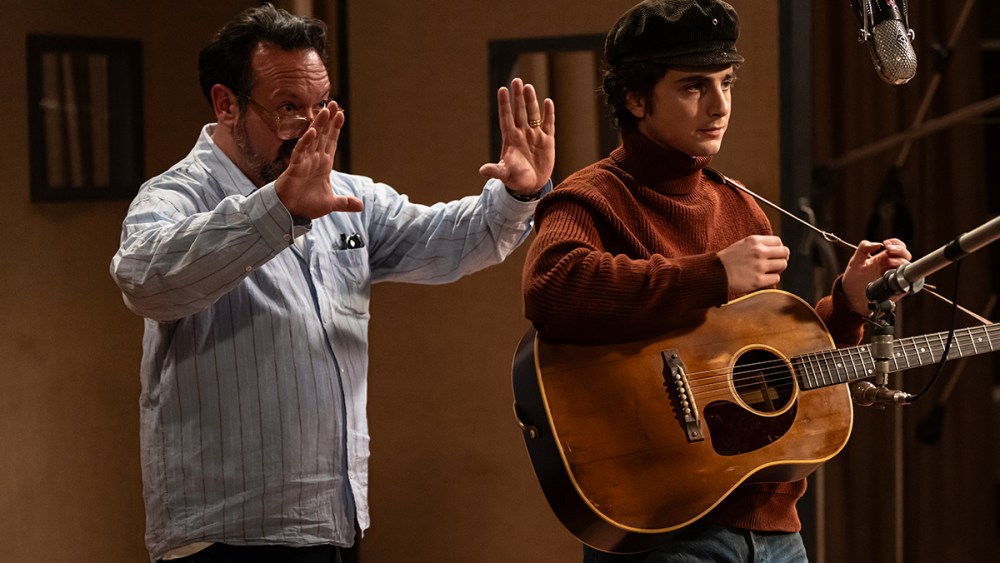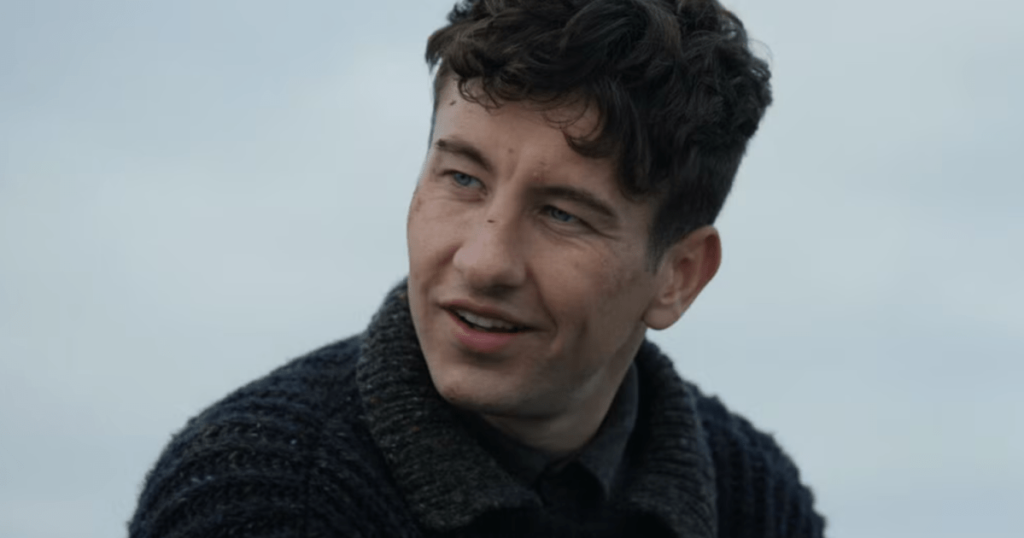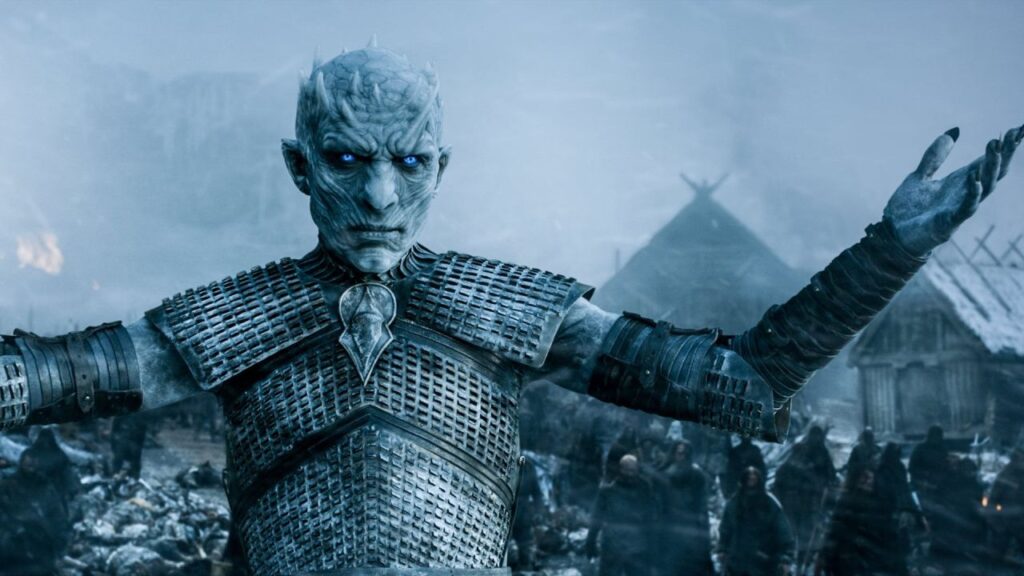Yes, Timothée Chalamet pre-recorded his vocals to play Bob Dylan in James Mangold‘s “A Complete Unknown,” but he also sang live. Mangold decided he was going to go with the live performance after being blown away by the actor’s performance.
Mangold is no stranger to his actors singing live. Joaquin Phoenix did it for “Walk the Line” playing Johnny Cash. In “A Complete Unknown,” Chalamet portrays a young Dylan who arrives in New York in 1961 and rapidly ascends through the folk scene. The film takes place from 1961 to 1965 when Dylan goes electric.
It’s not a typical biopic, as Mangold puts it, because the story isn’t anchored in Dylan’s birth and life story. Rather the film focuses on Dylan and the folk scene in New York back then. Mangold told an audience at the WGA during a post-screening in Beverly Hills on Friday night, “The other benefit was that in between 1961 and 1965, he wrote all the songs heard in this movie — and the guy was not even 24 where this movie ends. That is only a tenth of the songs he wrote in that period.”
Every song was pre-recorded as a precaution and to have a logistical backup. Audiences can hear those tracks on the forthcoming soundtrack because “we didn’t use them during the movie,” Mangold revealed.
The film took five years to get going due to COVID and the labor union strikes, but that stoppage worked to Mangold’s advantage. He said the actors, particularly Chalamet, spent time honing their crafts, perfecting their singing and getting acquainted with their instruments.
Mangold was grateful for that, stating “There are all these downsides that come with playback.”
Filming finally began in early 2024, and Mangold wasn’t sure if he would use live recordings all the way through. One of the first scenes he filmed was the moment with Dylan and Woody Guthrie, played by Scoot McNairy. “We shot that in the first five or six days,” Mangold said. “And there was a whole backstage thing with Timmy saying, ‘I want to try it live.’”
Admittedly, Mangold said, “some of the sound and music direction people were like, ‘It’s not a good idea.’” But Mangold didn’t want to hold anyone back, particularly Chalamet. So they went for it. “And he was phenomenal. Not only that, he proved the brilliance of the method.” Mangold continued, “There’s this moment where he finishes that song and he holds a note and just keeps hitting the low string on the guitar over and over again, and he’s just his eyes are kind of boring into Woody, and he’s just holding this note, and it gave him chills.” How did Mangold feel hearing that? “I remember sitting there eight feet from him as he did it, and I remember thinking, ‘Holy shit.’ That could not have happened if there was an earwig in his ear.”
With Mangold wearing multiple hats as a director and producer, he wasn’t sure if they could continue doing the live performances throughout the entire shoot, so he didn’t make any promises. However, as they continued, he said, “We just kept doubling down until we made our way through the whole movie.”
And how did they pull it off? The sound team strategically placed a selection of mics to capture the performance. Sound mixer Tod Maitland had to find a way to mic Chalamet, particularly during the acoustic aspects of the movie. Dylan held his guitar high, and there was no way to wire him in the typical fashion. Speaking with Variety, Maitland said, “I talked to Timmy early on, and I said, ‘The only way that we’re going to be able to do this is if I can wire you and your hair,’ and the microphone would then come off of his forehead and go right down past his mouth, right to the guitar.”
Other times, the sound team used 40 different practical microphones that were period correct. Maitland explained, “The idea was to get a little bit different sound in each different venue by using practical microphones from the period. That helped create a nice tapestry of sounds. But Timmy went 100% live. It was pretty amazing.”
The most challenging aspect was Chalamet’s voice and capturing the different ways he delivered those performances. Maitland explained, “Bob’s a mutterer, and Timmy gave his best mutter, so it was pulling that out. He would go from there to that twangy, tough voice that could shrill your eardrums. But there were, like four different voices inside of Timmy capturing all those and giving them all character was a whole other dimension.”
Supervising music editor Ted Caplan noted that while the film doesn’t show full performances or full song moments, every single one was recorded “from top to tail” Even the film’s climatic Newport Folk Festival 1965, which saw Dylan take his electric guitar public, much to the audience’s chagrin, was recorded. “That was recorded as a full concert; from the Hammer song to ‘Baby Blue,’ it was one run,” said Caplan, explaining that rather than do take after take of each song, the concerts were done as single straight runs. “I think it gave it a special live real magic.” He added, “You can see Timmy is so into it and in the mindset of it.”


